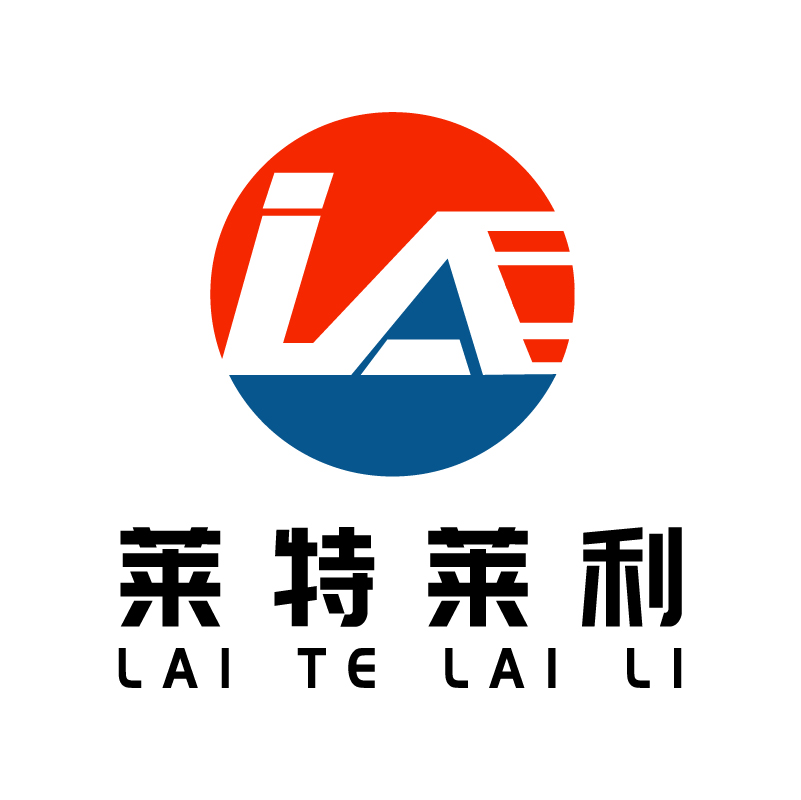Can mixed base carbon strips be printed on fluorescent labels?
Whether the mixed base carbon strip can be printed on the fluorescent label is related to the compatibility of the material characteristics of the carbon strip and the fluorescent label. Here's a closer look at the problem:
First, the characteristics of the mixed base carbon belt
Mixed base carbon strips, also known as wax/resin mixed base carbon strips, combine the advantages of wax - and resin-based carbon strips. It usually contains a certain proportion of resin components, which makes it show high adhesion and wear resistance in the printing process, but also has better printing clarity and chemical resistance. The mixed base carbon strip is suitable for a variety of printing media, including paper, plastic, metal, etc., to meet the printing needs of different industries.
Second, the characteristics of fluorescent labels
Fluorescent labels are usually made using special fluorescent materials that fluoresce brightly when exposed to specific wavelengths of light. Fluorescent labels have a high degree of visibility in the dark or low light environment, so they are widely used in security signs, emergency exit instructions, packaging anti-counterfeiting and other fields.
Third, the printing feasibility of mixed base carbon tape on fluorescent labels
1.Material compatibility: The compatibility of the mixed base carbon strip and the fluorescent label mainly depends on the material and surface treatment of the fluorescent label. If the material of the fluorescent label is suitable for thermal transfer printing, and its surface treatment can form a good adhesion with the mixed base carbon strip, then the mixed base carbon strip is likely to be successfully printed on the fluorescent label.
2.Print effect: The print effect of the mixed base carbon strip is usually more clear, and can show the details of the text, pattern and line. However, when printing on fluorescent labels, it is also necessary to consider the impact of fluorescent materials on the printing effect. If the fluorescent material interferes with or absorbs the printing ink, it may affect the clarity and color performance of the print.
3.Practical application: In practical applications, whether to choose a mixed base carbon strip to print on a fluorescent label needs to be determined according to the specific printing needs and effect evaluation. If the printing effect can meet the requirements, and the cost is controlled within an acceptable range, then the mixed base carbon strip can be a viable option.
Fourth,Conclusion
In summary, the printing feasibility of mixed base carbon strips on fluorescent labels depends on the material and surface treatment of fluorescent labels, as well as the specific printing needs and effect evaluation. In theory, if the material of the fluorescent label is suitable for thermal transfer printing and has good compatibility with the mixed base carbon strip, it is possible to successfully print the mixed base carbon strip on the fluorescent label. However, in practical applications, specific tests and evaluations are needed to determine its feasibility.



